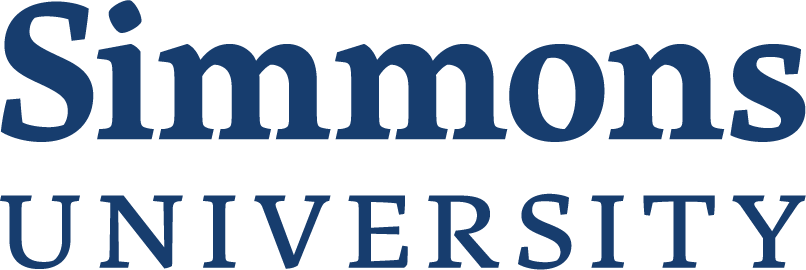The History Thesis or: How I learned to stop worrying and love the Research.
Posted September 24, 2021 by William Crouch
Well after 2 years in the archives and history program, the culmination of all my history work is finally here: The History Thesis. The Master’s Thesis is an original piece of research that is intended to utilize the skills you have developed in both the history and archives programs. You are expected to primarily utilize and build off of archival material in developing your work and contribute to the field that you are doing your research in. Now after getting the formalities out of the way, let’s talk a little more about my topic. While it is expected to develop over the course of the next few months, currently I have been researching Billie Jean King and Arthur Ashe’s roles as social activists and newly professional athletes. With the pandemic leaving many things in a somewhat gray area in regards to accessibility, it has been difficult to determine what archives are allowing visitors and which ones are not. At the beginning of the pandemic, there was a push to digitize many archival holdings to prevent as much stoppage for researchers. While many archives were able to achieve this goal, not every single institution has access to the same resources and some have different needs when it comes to digitizing their material. This has unfortunately caused somewhat of a backlog for research requests within archives as things began to open up again and started to close once again. In my case, the three archives I am intending to use for my project are all in the Northeast, but none have digitized the collections I need, so I am going to take a few trips to these archives to finally get access. Two are in NYC, the Billie Jean King Archive at the New York Historical Society, and the Arthur Ashe Papers, at the Schomburg Center for Research in Black Culture, while the other is the International Tennis Hall of Fame in Newport, Rhode Island. But I have found ways to navigate around this obstacle until my trips arrive.
History papers are built upon primary sources, which are usually archival materials, but I have found ways to use primary sources without delving into the archives. Arthur Ashe wrote a number of memoirs over three decades which provide a great look into how he viewed his role as an activist as his professional career began and after his retirement. Billie Jean King actually recently released an autobiography which has given me great insight into her perspective on how she used sport to bring issues with the wage gap, gender discrimination, and sports compensation to light. These two were remarkable already for their efforts but one aspect of my thesis will be the contrast between these two as professional players compared to the first Black tennis player to win a major tournament, Althea Gibson, and why she never received the same acclaim as these two. My belief is that the financial burdens that were relieved by making a living from a sport allowed Ashe and King to break barriers because of financial leverage while Gibson did not have the same support from being solely an “amateur” tennis player. A point of divergence between King and Ashe was their views on the wage gap in tennis which eventually was resolved once Ashe had a wife and daughter.
That’s about the long and short of it for right now. I still have a mountain of research and writing ahead of me but a point that my advisor and the professor of the thesis class has reiterated is that it becomes much more manageable when broken down into smaller chunks of work. So, it really is just one step at a time and my paper will change and change again during this whole process. For now, my main focus is drafting the first major deliverable for the project, an outline of my paper in progress, and to get to the actual archives as soon as I am able. I forgot to talk about Simmons’ changes to campus during the ONE Simmons project during this blog but I’ll make sure to get it into the next one.
